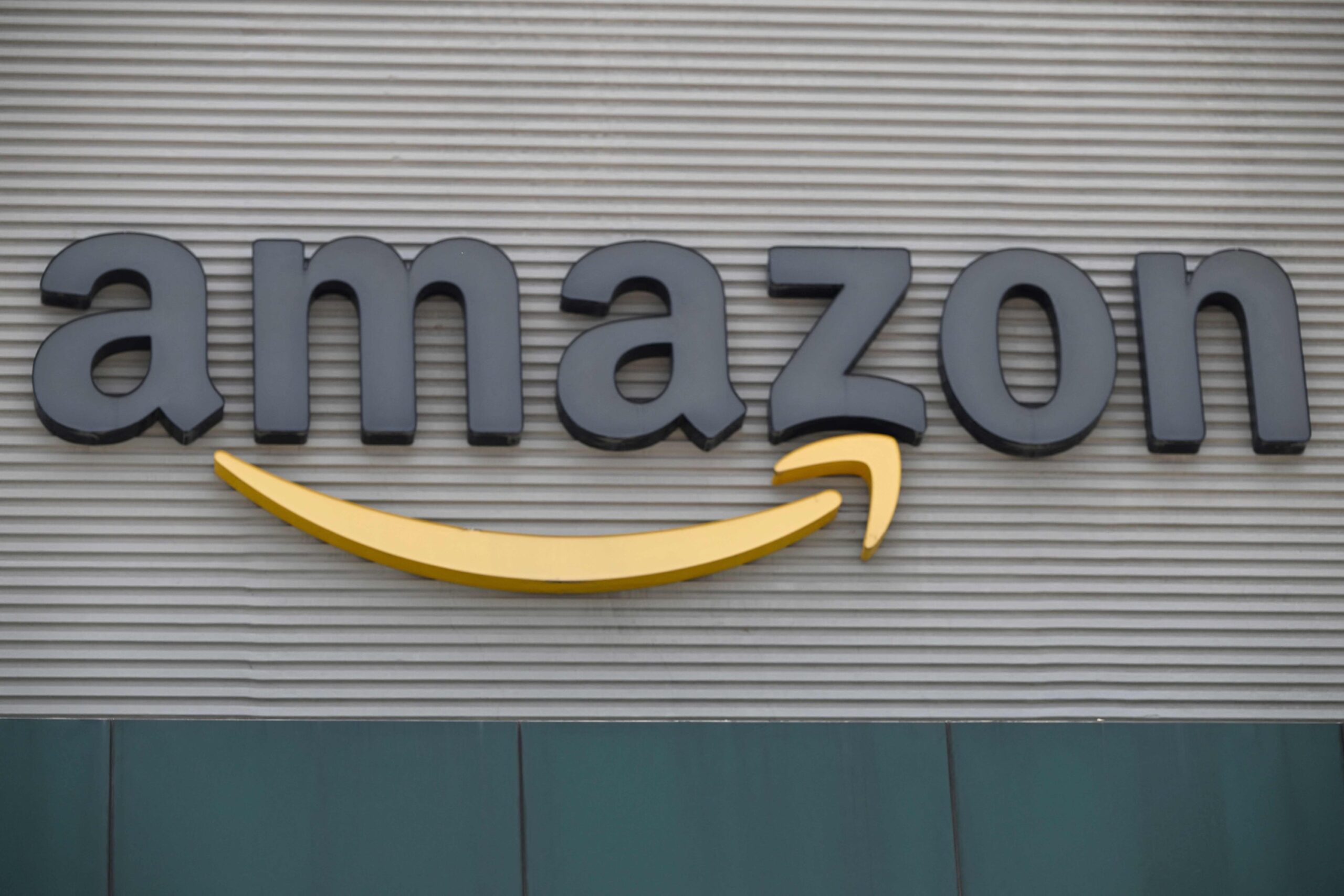Amazon’s aggressive bet on artificial intelligence is starting to yield results, with the tech giant reporting a 35% increase in quarterly profits. Yet behind the headline numbers lies a story of calculated risk, scale, and the long-term race for cloud and AI dominance.
For the quarter ending June 30, Amazon posted a net profit of $18.2 billion—up from $13.5 billion a year ago. Revenue rose to $167.7 billion, marking a 13% year-on-year growth that outpaced analyst expectations and signaled the firm’s resilience amid evolving global trade dynamics.
AWS: The Engine Behind the Momentum
Much of the momentum came from Amazon Web Services (AWS)—its market-leading cloud division—which delivered a 17.5% jump in sales to $30.9 billion. Operating profit for AWS rose to $10.2 billion, driven largely by surging enterprise demand for AI-integrated cloud infrastructure.
Across the board, enterprises are increasing their dependency on cloud providers to power next-generation AI applications. AWS, along with Microsoft Azure and Google Cloud, is central to this trend. Amazon appears intent on retaining its edge, doubling down on capital-intensive upgrades to its global data center footprint.
AI in Consumer and Commerce
Beyond the cloud, Amazon is embedding AI across its consumer-facing ecosystem. Its revamped Alexa voice assistant and new AI-powered shopping tools represent just the early stages of how it plans to overhaul the customer journey—from discovery to delivery.
Amazon CEO Andy Jassy described AI as a “transformational force” that will touch every layer of the business, from logistics to customer service.
The Spending Surge: A Double-Edged Sword
However, this aggressive pivot comes at a steep cost.
Amazon’s capital expenditure for the quarter soared to $32.2 billion, nearly doubling from $17.6 billion in the same period last year. Much of this is being funneled into expanding server capacity, backend infrastructure, and AI-ready data centers—core to its AWS and logistics strategies.
This spending spike contributed to a sharp decline in free cash flow, down to $18.2 billion over the past 12 months from $53 billion previously. For investors, the balance between short-term profitability and long-term AI dominance is becoming a point of scrutiny.
Market Response and Outlook
Despite strong fundamentals, the company’s stock slid over 3% in after-hours trading—an indication that Wall Street remains cautious about the scale and pace of its AI investments.
Amazon has indicated it could spend up to $100 billion in 2025, a substantial portion of which will be directed toward its AI and AWS initiatives.
Looking ahead, Amazon projects net sales between $174 billion and $179.5 billion for the next quarter—translating to growth in the range of 10-13%. Operating profit is expected to land between $15.5 billion and $20.5 billion, slightly below some investor forecasts.
Amazon’s latest numbers underscore a clear shift in the platform economy: AI is no longer experimental—it’s foundational. The race isn’t just about who has the smartest algorithms, but who has the deepest infrastructure and the boldest vision. Amazon is clearly aiming to lead both.
But the real question is this: Can Amazon maintain this breakneck expansion without spooking the markets further?Or is this short-term investor unease the necessary tax for long-term category dominance?
Partner With Us
Want to feature your brand, business, or service on 365247 — Whether you’re looking to sponsor, collaborate, or build presence within our ecosystem, we’d love to explore it with you.
Submit Your Interest Here
IMAGE: AFP


